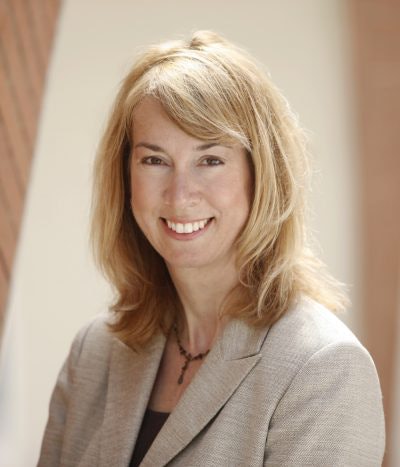The systemic and structural inequalities that undergird the United States have become impossible to ignore over the last year. Higher education cannot ignore its crucial role in addressing crises involving racial disparities, social injustices, and economic inequities highlighted and sometimes exacerbated by the COVID-19 pandemic and high-profile police killings of Black Americans.
From effectively educating students online, to sponsoring research to help cure and prevent COVID, to confronting racism and anti-Blackness, to countering the effects of misinformation and conspiratorial thinking, colleges and universities must lead the way in finding solutions for the most pressing problems of our day.
 Dr. Ted Mitchell
Dr. Ted MitchellAs a sector, we risk squandering several decades of progress for students of color and low-income students at the precise moment we must recommit to equity and justice for all. We must respond by stepping away from the “on the side” approach of equity and implement broader campus cultural change.
In many cases, interventions employed by postsecondary institutions aimed at ameliorating equity gaps are too narrow in their approach and small in scale, addressing discrete policies and practices in a disjointed and marginal way.
Innovative institutional transformation has been front and center in discussions about how to solve these problems and especially to promote more just and equitable outcomes for students, faculty, and staff of color. In order to create innovative and transformative solutions we need innovative approaches to leadership. However, research on the role of leadership in addressing these equity challenges has received far too limited attention.
In a recent report authored by the American Council on Education and the Pullias Center for Higher Education, including co-authors Elizabeth Holcombe, Darsella Vigil, and Jude Paul Mathias Dizon, we describe one such innovative approach that focuses on the experiences of distributed leadership groups at eight campuses across the country. Each institution grapples with distinct equity goals and challenges, yet all are engaging in a collective, inclusive approach to leadership that we have termed “shared equity leadership” (SEL). SEL is a collective process in which ownership of a campus’s equity goals becomes everyone’s work rather than relegated or siloed in one office or leader’s portfolio.
This form of leadership has three main components—a personal journey toward critical consciousness, and a set of values that undergird the work, and practices enacted by the participants. SEL requires a critical mass of leaders who have undergone personal transformation and who collectively embody the values and practices.
 Dr. Adrianna Kezar
Dr. Adrianna KezarRecommendations for implementing SEL include creating spaces for administrators, faculty, and staff to grow on their personal journey; modeling the values and practices articulated in the shared equity leadership approach; honoring and making space for leaders to share their emotions and paying attention to who is bearing the burden of the emotional labor involved in the work; and incentivizing and rewarding this work through formally designating a portion of faculty or staff members’ time for equity work.
What happens when institutions implement these practices? One leader interviewed for the project described a financial aid policy called a “no-pay delete,” in which students had their schedules wiped if they had failed to pay tuition by a certain date. This leader described how they worked with others on their team to help them understand why the policy was a barrier to equity and implemented changes. Conversations like this one laid the groundwork for teams to identify and dismantle policies that prevented the equitable outcomes they hoped to achieve.
Other leaders indicated that they have increased hiring faculty and staff of color and diversified their leadership cabinets. More faculty, staff, and administrators are participating in professional development, which is seen as central to closing equity gaps. Having multiple leaders working together to think about how to improve equity also generated major innovations and structural changes that better supported students—for example, the career center being able to work with the multicultural center in ways they had not in the past.
In the end, broadening the work of leadership around diversity, equity, and inclusion can lead to an entirely different campus climate and culture. With shared equity leadership showing so much promise, we are hopeful that leaders across higher education will rethink the more authority-based, top-down, and individualistic approaches to leadership that have proved unsuccessful in addressing issues of equity and racial justice on campus and in society at large.
Dr. Ted Mitchell is president of the American Council on Education (ACE).
Dr. Adrianna Kezar is the Dean’s Professor of Leadership and Wilbur-Kieffer Professor of Higher Education at the University of Southern California, and director of the Pullias Center for Higher Education.


















